Madhya Pradesh hosts an electric mix of wildlife verticals.
Delve deep into India’s Heartland to explore it’s unparalleled & adrenaline driven wildlife activities & watching the exotic species in it’s natural & well protected habitat.
The rich forest of Madhya Pradesh form about 25% of its land area. Within this forests, under the wildlife protection act of 1972, 25 sanctuaries and 9 National Parks were established. covering an area of 10,862 square km.
Madhya Pradesh also accounts for almost 20% of India’s tiger population.
By virtue of being a sanctuary of India’s national animal, it has been deemed a “Tiger State” in the 2019 tiger status by NTCA.However, the vast tracts of forested land are also a refuge for barking deer,leopards,cheetal or spotted deers, wild boars,blackbucks,nilgais and crocodiles.
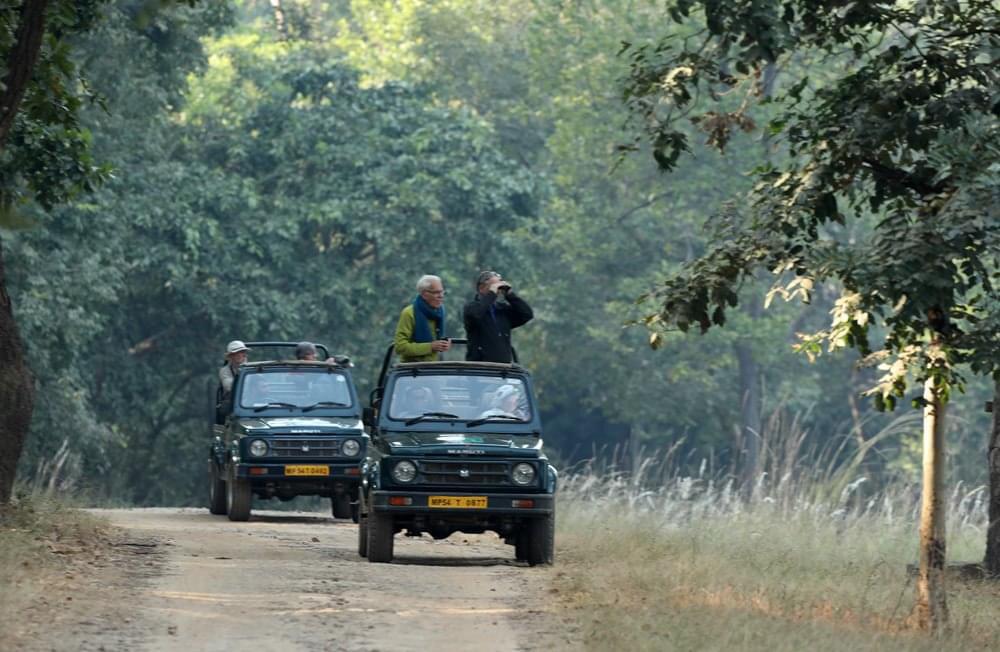
Wildlife Sanctuaries f Madhya Pradesh
Madhya Pradesh – The “Tiger State of India” hosts 9 National Parks out of which 6 are Tiger Reserves and 25 Wild Life Sanctuaries.
The iconic Kanha National Park & Bandhavgarh National Park are the star attractions and draws millions of tourists from across the world to relish the landscape, flora and fauna.
Know more about Madhya Pradesh’s National Parks, Tiger Reserves and Wildlife Sanctuaries.

Interested in Wildlife Tours. Help us design a curated itinerary for you in the Parks of Madhya Pradesh
Join us for an unparalleled experience in the the forest of Central India
Isn’t this a really good reason to visit Madhya Pradesh & see the Majestic Tigers in the National Parks of Madhya Pradesh.
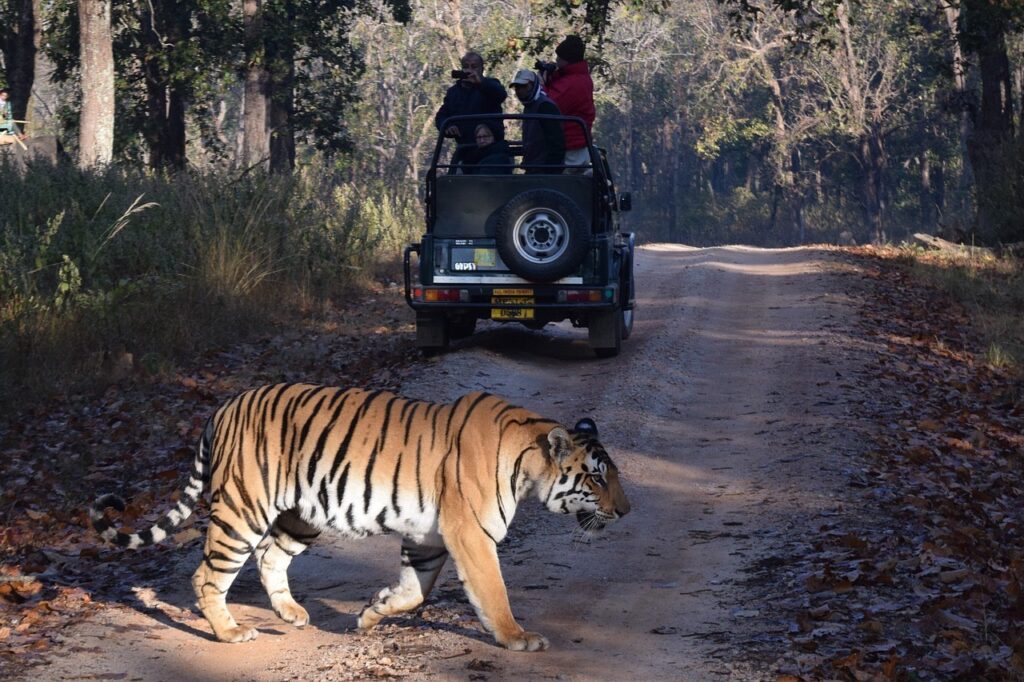
For wildlife enthusiasts, Madhya Pradesh tops the list with 526 tigers in the protected areas of Madhya Pradesh, thus claiming the coveted title of “Tiger State of India” and being the Best Place to see Tiegrs in the wild in india.
However, recently, tigers were spotted in 1432 forest beats across Madhya Pradesh and this is twice than recorded in 2014. A new national census report is awaited.
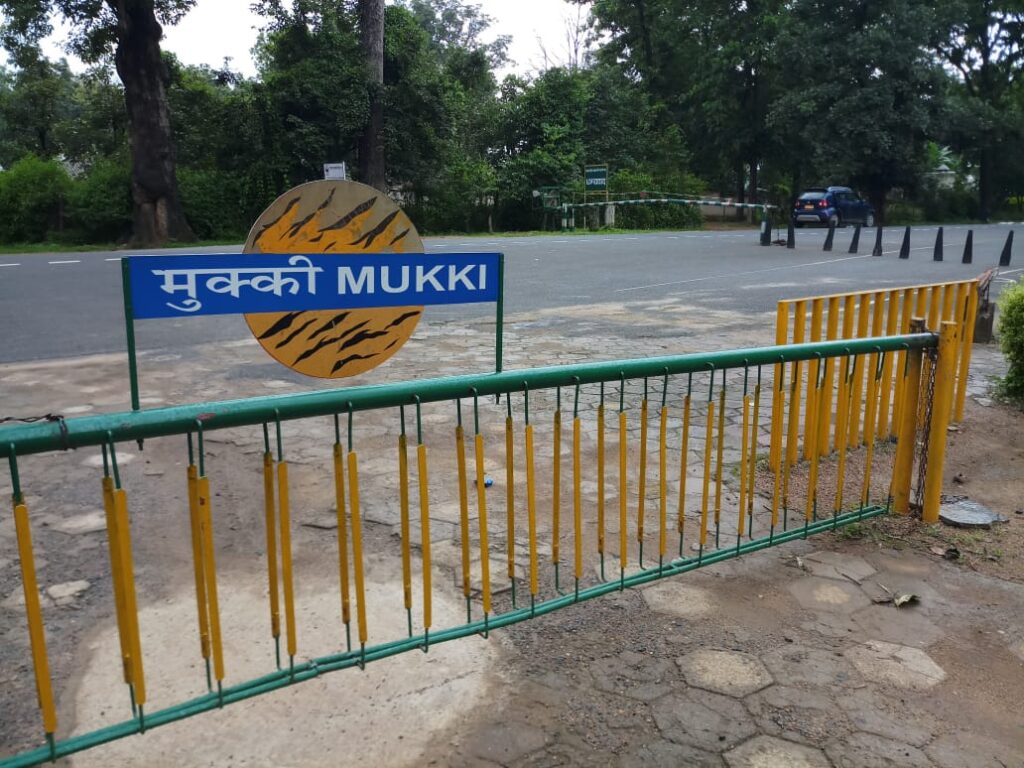
These are also designated as National Parks as well.
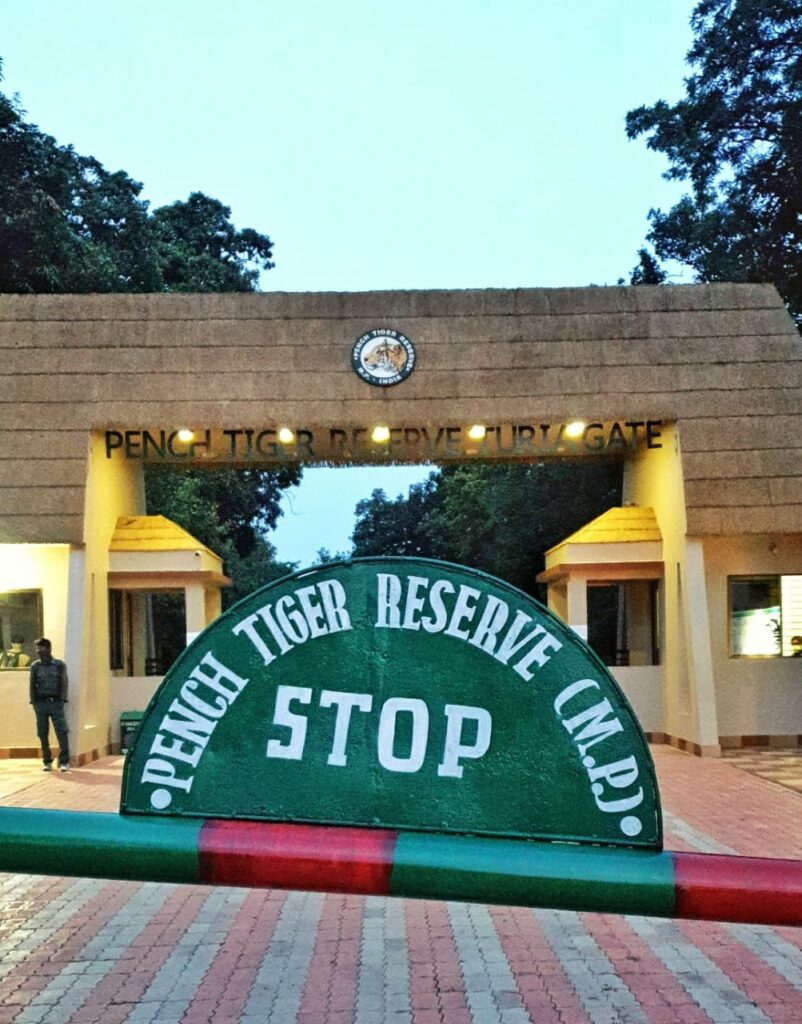
Wildlife Sanctuaries of Madhya Pradesh
There are some things to remember before you plan your trip to one of these sanctuaries. All Parks have divided their tourism zones into subzones. Permits are issued for only one zone at a time, and some Parks charge different fee’s for different zones. Private vehicles are no longer allowed in Kanha, Pench & Bandhavgarh. Only local vehicles,registered with the Park management are allowed to conduct safaris. For these three Parks, all visits have to be booked online at www,mponline.gov.in. These sanctuaries are extremely popular,so book your entry permits before booking the hotels.
There is no per person Safari rate in any of the sanctuaries. You will have to pay for the full vehicle, respective of the number of people in it. A maximum of six people per vehicle are allowed. While the prices mentioned where current at the time of print, please confirm before you visit since rates change yearly.Camera fees are no longer applicable. Special full day photography safari’s are charged separately.
The states’s tourism rules permit walking, hiking, camping and watching animals from machans or hideouts, but all these activities are Park specific.For instance, Bandhavgarh has some watchtowers
Again, confirm these details with the Park authorities before visiting.
Delve deep into India’s Heartland to explore it’s unparalleled highlights, historic places, vast forts, religious destinations and be amazed.
As Adrian Philips quote in the Parks journal in 2004, “the protected areas come in extremely varied sizes and shapes and with a perplexing diversification of management systems, ownership and governance patterns”. The extent of the general public could interfere with the national parks and wildlife sanctuaries vary drastically. The national parks are more restricted for the people but earn money that could be managed to develop nature conservation measures. In both these protected areas, people have the access for inspirational, educational, research, and recreational purposes but, with certain limitations in national parks. However, both wildlife sanctuaries and national parks contribute significantly for the conservation of nature as well as nourishing the local population.
The Pachmarhi Biosphere Reserve is spread over parts of Hoshangabad, Betul and Chhindwara districts with a summarized land area of about 0.5 million sq kms and includes the Bori Wildlife Sanctuary, Satpura National Park and Pachmarhi Wildlife Sanctuary. In terms of net forest density, Madhya Pradesh has 6640 sq km area under very dense forest, 34,986 under moderately dense forest and 36,074 falls under open forest.
Madhya Pradesh can proudly boast of being one of the most blessed state of India in terms of varied natural resources which includes natural resource wealth like minerals and importantly rich and diverse forests.
The recorded forest area of the state is 94,689 sq km which is 30.72% of the geographical area of Madhya Pradesh. The reserved forests constitute 65.36%, protected forests 32.84% and unclaimed forests 1.80%.
Madhya Pradesh has 10 national parks and 25 wildlife sanctuaries covering an area of 10,367.84 sq km which constitutes 3.36% of the states geographical area. There are 5 Tiger reserves in the state. The Pachmarhi Biosphere Reserve covers part of Hoshangabad, Betul and Chhindwara districts with a summarized net area of about 0.5 million sq kms and includes Bori Wildlife Sanctuary, Satpura National Park and Pachmarhi Wildlife Sanctuary. In terms of forest density, Madhya Pradesh has 6,640 sq km area under very dense forests, 354,986 sq kms under moderately dense forests and 36,074 sq kms under open forests.
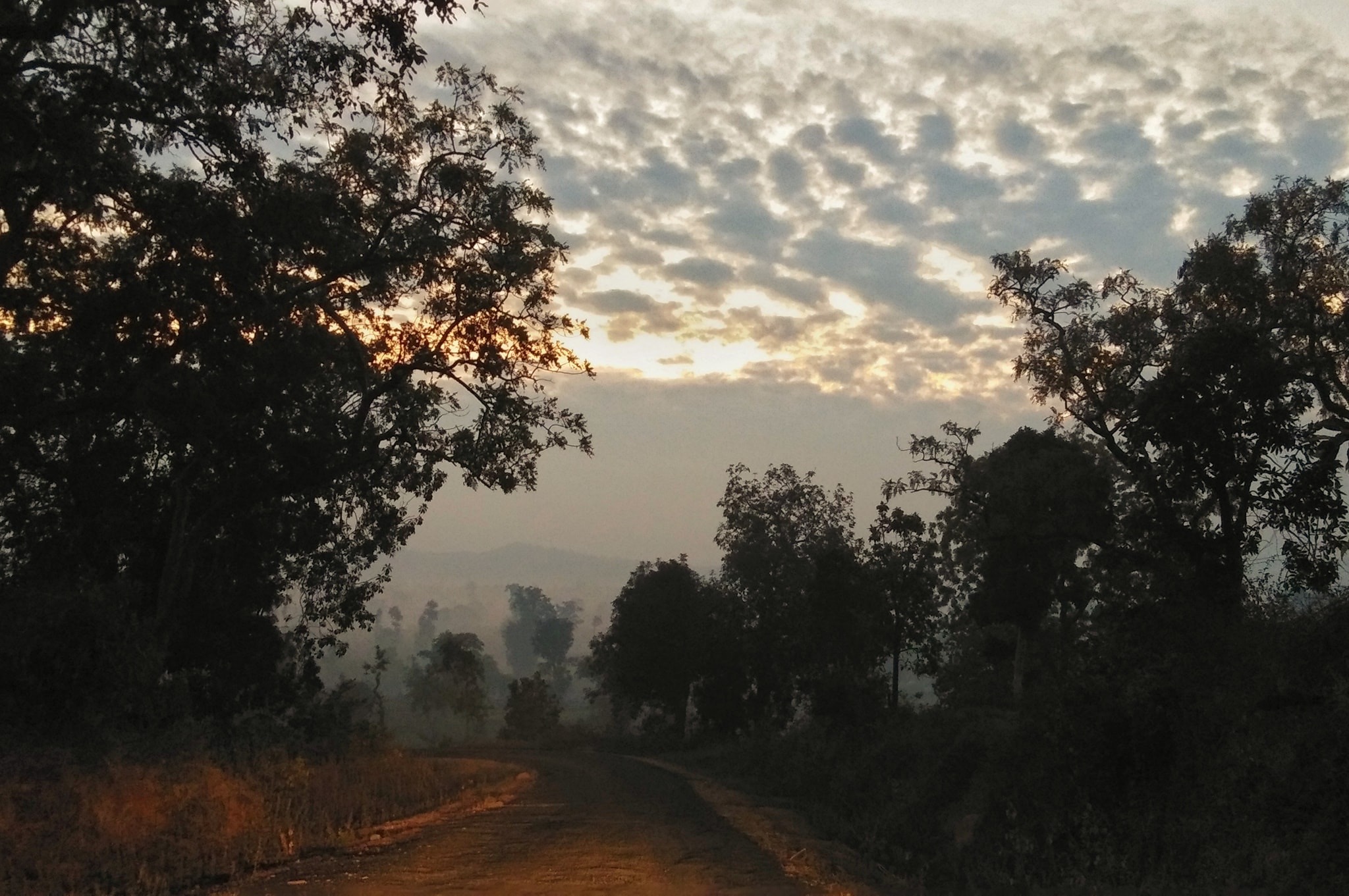
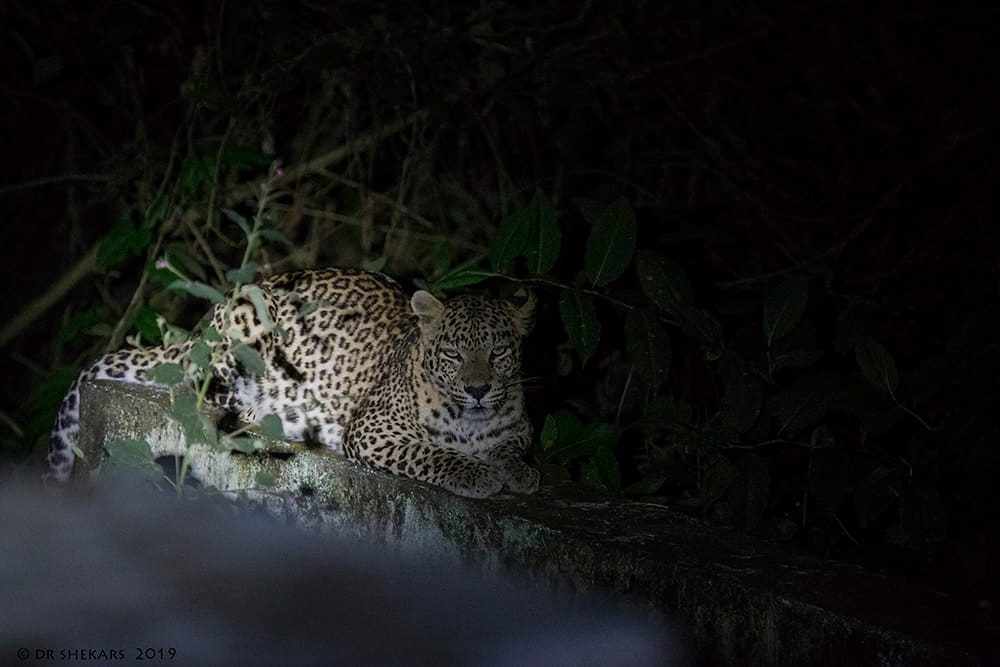
The Government of Madhya Pradesh is fully devoted and committed to conserve and replicate this crucial resource through scientific innovation and application of the latest technical measures. The state has steadily focused on harboring & encouraging the local population and making them the rightful and equal partners in this conservation process. The state has roughly 15,228 Joint Forest Management Committee ( FJMC ) which actively involves the local tribals and local population in the protection, management and conservation of about 70% of the forest area. The natives ( tribals and local people ) living around the forests are the real dwellers and the real caretakers of the forest and are directly made the beneficiary of the dividends of this field.
Check list on the flora and fauna of Wildlife Sanctuaries of Madhya Pradesh
Since forests and products, directly or indirectly generated from the forests make a significant contribution to the economy, both of the local population as well as the state, hence, by virtue of it’s significant economic importance, the Government of Madhya Pradesh has channelized the trade of forest products such as Tendu leaf, Sal seeds and Kullu gum so as to transfer the maximum benefits to the local population and also to play an important role in responsible conservation. Forests generated products like Aonla, Harra, Lac, Achar, Mahua, etc are legally collected and traded through a government authorized network of cooperative societies.
Aonla, Gum, Tendu leaf, Salseed, Harra and other forest bproducts and medicinal plants of Madhya Pradesh are in great demand in the domestic as well as international markets. The collection of Tendu leaf alone accounts to an income of Rs 145 crore to the forest dwellers.
Teak and Sal forests are the shining pearls of the state. In the 1960’s, the Government of Madhya Pradesh initiated extensive teak plantations which now showcase significant vast landscapes teak and sal forests. The dense forests of teak can be predominantly found in Jabalpur, Seoni, Balaghat, Panna, Sehore, Dewas, Hoshangabad, Harda, Betul, Sagar, Chhindwara and Mandla districts. In Madhya Pradesh, rich Sal forests can be abundantly found in the districts of Mandla, Dindori, Balaghat, Seoni, Umaria, Anooppur and Shahdol districts.
Madhya Pradesh has a vivid geographical and biotic diversity which is well reflected in it’s 18 forest types ranging from thorn forests to subtropical hill forests. Madhya Pradesh can be categorized into 9 natural regions and 11 agro climatic zones.
Classifications of forests :
Madhya Pradesh’s protected forests constitute 31,098 sq kms of the total forest area. Reserve forests are spread in an area of 61,886 sq kms and unclassified forests cover an area of 1,705 sq kms.
Sr. No. | Forest Type Group | % Forest Cover |
1 | Tropical Moist Decidious Forests | 8.97% |
2 | Tropical Dry Decidious Forests | 88.65% |
3 | Tropical Thorn Forests | 0.26% |
Madhya Pradesh has been systematically divided into 16 forest territorial circles, 9 national parks and 25 wildlife sanctuaries. The forest circle comprises of 63 forest divisions.
The lush forests of Madhya Pradesh has a significant contribution to the economy as it produces 2.5 lac cubic meters of timber, 2 lac cubic meters of fuel wood and 65 thousand tons of bamboo.
Madhya Pradesh is the numero uno state as it produces about 25 lac standard bags of tendu leaf every year., which amounts roughly 30% of the national production. The collection and the commercial utility of Tendu leaf has a significant impact on the local population as it provides direct and indirect employment to more than 15 lac people during the summers which is a blessing in disguise as this is the period when agricultural income is at all time low.
With the implementation of state of the art technology, Madhya Pradesh has surged in the forefront in the optimum utilization of other forest products like Lac, which has grown immensely in popularity not only in India but internationally too.
The Government of Madhya Pradesh has established many co operative and apex bodies like MPMFP ( The State Minor Forest Produce Federation ) and The Centre of Excellence for Processing, Research and Training ( MFP – PARC ), both based at Bhopal and are expected to create 25,000 new job opportunities in Non Wood Forest produce and allied sectors.
The investment opportunity in the forest and related sectors are unlimited and the Government of Madhya Pradesh has opened them up for private enterprise.
Madhya Pradesh has been the main source of supply of raw materials to the manufacturers and processors of various herb related products across the country. Of the 131 agro climatic zones in the country, 11 fall in Madhya Pradesh and is a natural habitat of 50% of the herbs used in the pharma industry.
Madhya Pradesh is encouraging eco tourism and adventure tourism across it’s various national parks, sanctuaries and other forest areas.
Check out the latest 'Tiger Census' Report
List of all the designated National Parks of India
List of all Wildlife Sanctuaries of Madhya Pradesh
Leave your name and email below along with what you are looking for in the message box. Or you can call us at +91 94251 57188
WhatsApp us